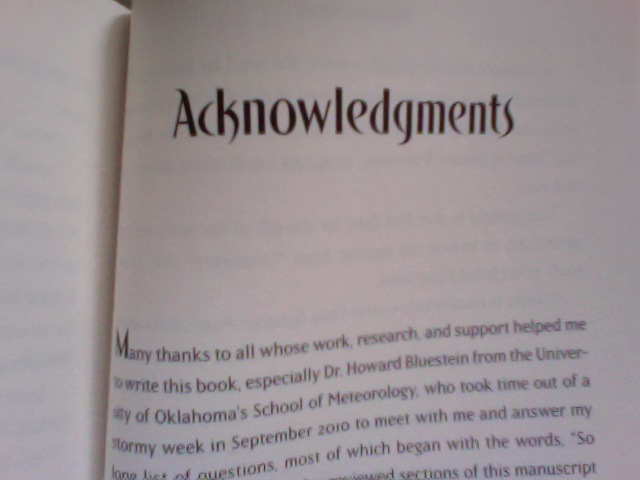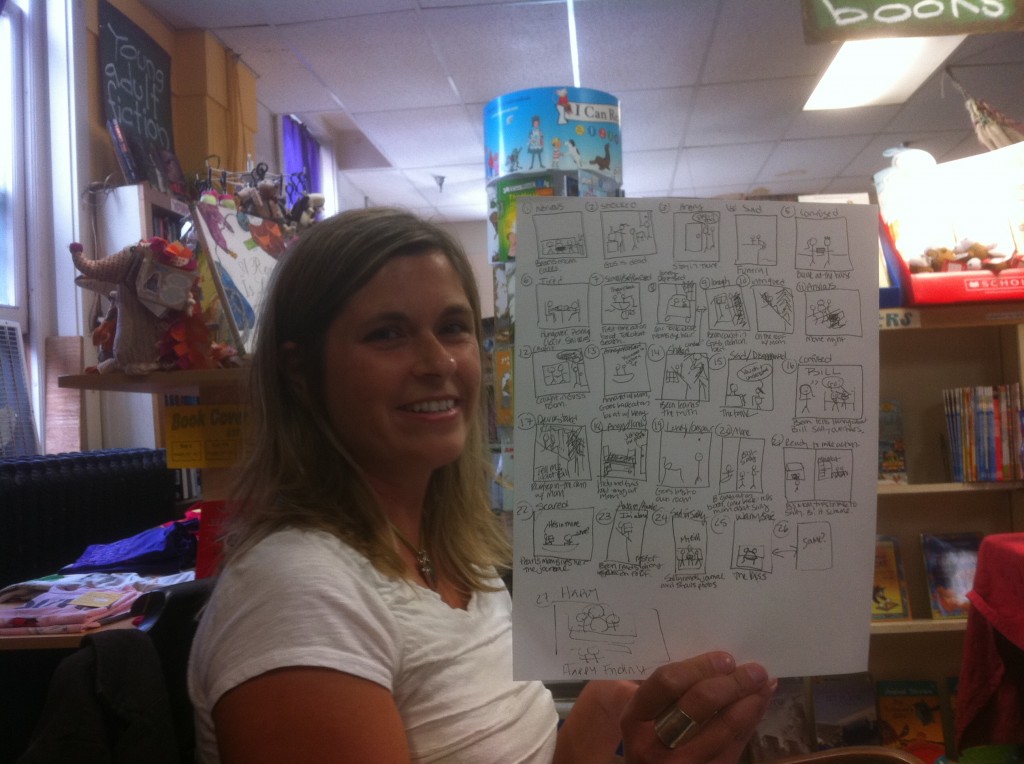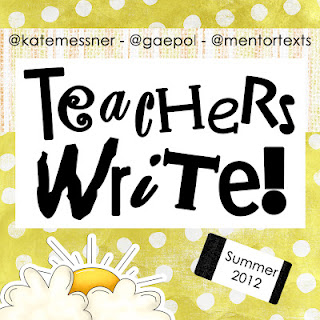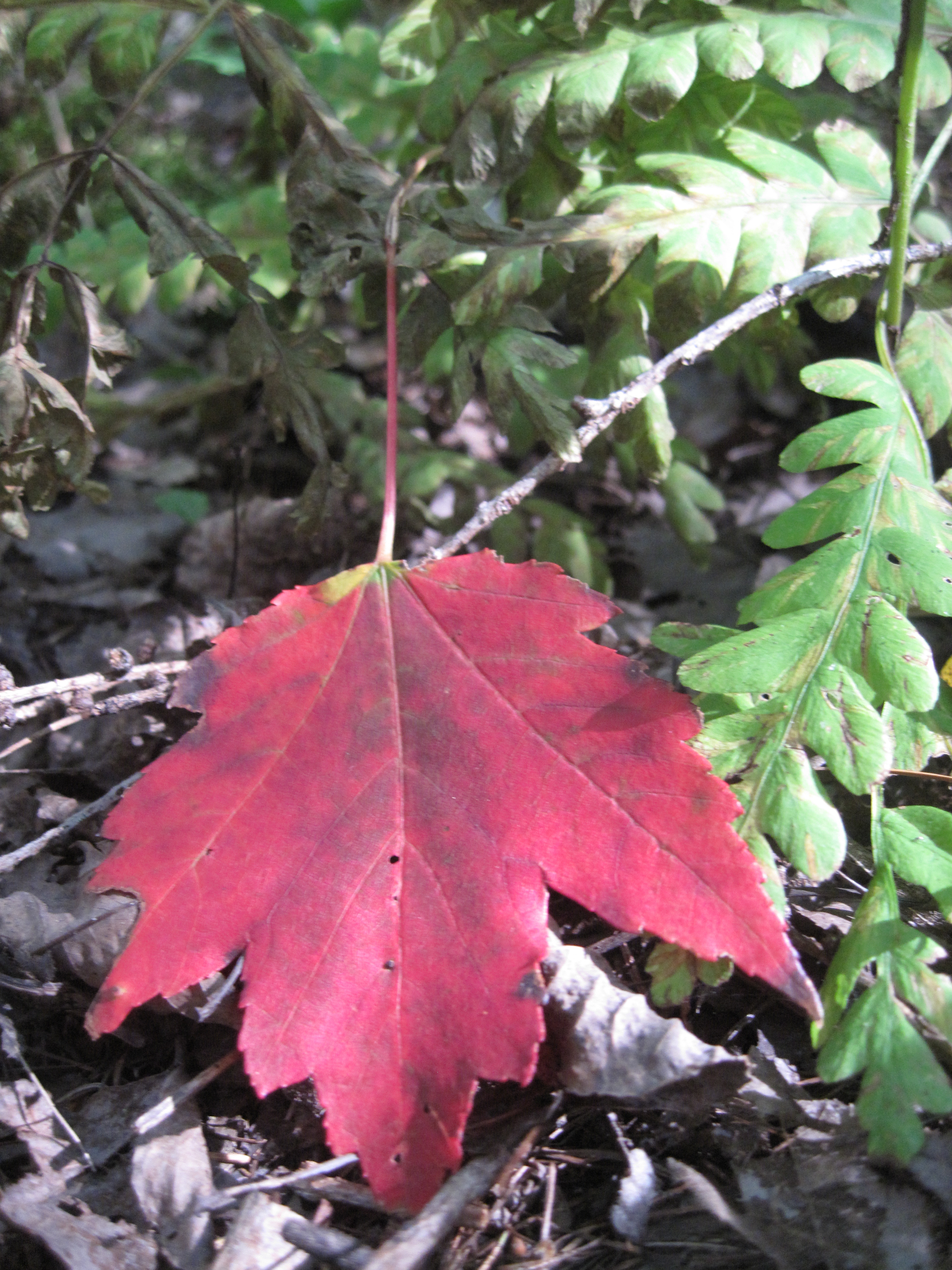Can you believe it’s almost October? These first weeks of school are so crazy for teachers that you probably need some ideas for how to regroup and reclaim that summer creativity. Guest author Donna Gephart joins us today with some tips!
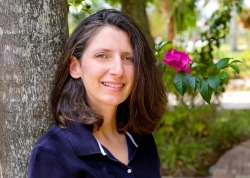 Now that you’re back to school, it’s vital to feed and nurture your creative spirit. These tips, ideas and resources will help you stay creative throughout the year. 1. TAKE TIME OFF to renew, refill and relax. Read a great book . . . or a trashy one. Kick back with a fun magazine. A comic book. Yoga and meditation encourage the brain’s alpha waves. These alpha waves are linked to relaxation and creativity. Get out! Walk in a park or by the beach. Paddle a kayak, ride a bike, climb a mountain! Make something – jewelry, a bird feeder, a pie. (If you make a peach cobbler, please send it to me!) Take time off from screens. Give your brain a break from the constant stimulation. I enjoy screen-free Sundays whenever possible – no TV, computer, smart phone, etc. On screen-free Sundays, I connect more with people, nature and books. (And the pooches!) 2. GIVE YOURSELF PERMISSION TO FAIL Anne Lamott, author of the well-loved book – Bird by Bird: Some Instructions on Writing and Life — called this initial failure crummy first drafts. (She actually uses a different adjective, but we’ll go with crummy. It’s a classroom-friendly blog.) Let go of that damaging mindset of writing something perfect the first time. I don’t know a single author who creates a “perfect” first draft. And if I did, I’d have to kill him (just on principle). Nothing is written as much as it’s rewritten. Get comfortable with your first efforts being messy. My friend, Donald Vaughan – a successful free-lance writer – once said, “I’d rather have a bad page than a blank page.” Amen! It’s much easier to work with a lousy page than an empty one. Don’t compare yourself to others. You don’t need to be Shakespeare or Steinbeck. Somebody already was Shakespeare and Steinbeck. You simply need to be the most authentic you that you can be. No one can write like you. No one has had the same experiences or ways of looking at those experiences. And by the way, a “crummy first draft” does NOT indicate failure. It indicates practice and doing the work. It’s merely part of the process. (No need to be so focused on the end result.) 3. READ ABOUT CREATIVITY Imagine: How Creativity Works by Jonah Lehrer dissects creativity. My favorite part of the book was where he explained that after the most frustrating blocks, when all seems hopeless, creative ideas spring. Listen to an interview with Jonah Lehrer on Katie Davis Brain Burps About Books KidLit Podcast. The Artist’s Way by Julia Cameron is a staple on creativity. Her idea of morning pages – writing when you first wake – changed my writing output. I used to walk the dogs, exercise, eat breakfast and check e-mail before I wrote. I squandered my best writing time! Now? I wake and write. The number of pages I produce has jumped dramatically. The dogs still get walked, the e-mails still get answered, etc. – just later in the day . . . or the next day. (In fact, I wrote this entire post in a creative burst first thing one morning.) Read my blog post about 6-1/2 tips to stay creative from guest blogger, Paul Grecian, who is a professional nature photographer. Scroll through the comments for more great tips and ideas about staying creative. (Sorry, the giveaway on the post has ended.) 4. CONNECT WITH CREATIVE PEOPLE a. Join or start a writer’s group. (Check out S.C.B.W.I. critique groups in your area.) b. Go to readings, concerts, dance performances, plays, ethnic celebrations, local festivals, museum exhibits, etc. c. Gather a few creative friends – artists, writers, performers – and discuss ideas, while enjoying snacks and beverages. d. Watch a TED talk to become inspired. I love this one by Elizabeth Gilbert on nurturing creativity. Of course, there’s the blog post about Kate Messner’s TED talk. I love these lines from the post: “Kids are naturally gifted world-builders. They have brave imaginations, wild fresh ideas, and are not afraid of messing up.” PROMPTS: Sometimes, structure and limitation don’t reign in creativity, but allow it to expand to fill the parameters. With that in mind, have fun with this word-limiting creative writing prompt: You’ve heard of six-word memoirs, right? For this prompt, write a six-word description of yourself. e.g. Will write for food. Prefer royalties. Six more words for you: Have fun. Stay creative. Write on!
Now that you’re back to school, it’s vital to feed and nurture your creative spirit. These tips, ideas and resources will help you stay creative throughout the year. 1. TAKE TIME OFF to renew, refill and relax. Read a great book . . . or a trashy one. Kick back with a fun magazine. A comic book. Yoga and meditation encourage the brain’s alpha waves. These alpha waves are linked to relaxation and creativity. Get out! Walk in a park or by the beach. Paddle a kayak, ride a bike, climb a mountain! Make something – jewelry, a bird feeder, a pie. (If you make a peach cobbler, please send it to me!) Take time off from screens. Give your brain a break from the constant stimulation. I enjoy screen-free Sundays whenever possible – no TV, computer, smart phone, etc. On screen-free Sundays, I connect more with people, nature and books. (And the pooches!) 2. GIVE YOURSELF PERMISSION TO FAIL Anne Lamott, author of the well-loved book – Bird by Bird: Some Instructions on Writing and Life — called this initial failure crummy first drafts. (She actually uses a different adjective, but we’ll go with crummy. It’s a classroom-friendly blog.) Let go of that damaging mindset of writing something perfect the first time. I don’t know a single author who creates a “perfect” first draft. And if I did, I’d have to kill him (just on principle). Nothing is written as much as it’s rewritten. Get comfortable with your first efforts being messy. My friend, Donald Vaughan – a successful free-lance writer – once said, “I’d rather have a bad page than a blank page.” Amen! It’s much easier to work with a lousy page than an empty one. Don’t compare yourself to others. You don’t need to be Shakespeare or Steinbeck. Somebody already was Shakespeare and Steinbeck. You simply need to be the most authentic you that you can be. No one can write like you. No one has had the same experiences or ways of looking at those experiences. And by the way, a “crummy first draft” does NOT indicate failure. It indicates practice and doing the work. It’s merely part of the process. (No need to be so focused on the end result.) 3. READ ABOUT CREATIVITY Imagine: How Creativity Works by Jonah Lehrer dissects creativity. My favorite part of the book was where he explained that after the most frustrating blocks, when all seems hopeless, creative ideas spring. Listen to an interview with Jonah Lehrer on Katie Davis Brain Burps About Books KidLit Podcast. The Artist’s Way by Julia Cameron is a staple on creativity. Her idea of morning pages – writing when you first wake – changed my writing output. I used to walk the dogs, exercise, eat breakfast and check e-mail before I wrote. I squandered my best writing time! Now? I wake and write. The number of pages I produce has jumped dramatically. The dogs still get walked, the e-mails still get answered, etc. – just later in the day . . . or the next day. (In fact, I wrote this entire post in a creative burst first thing one morning.) Read my blog post about 6-1/2 tips to stay creative from guest blogger, Paul Grecian, who is a professional nature photographer. Scroll through the comments for more great tips and ideas about staying creative. (Sorry, the giveaway on the post has ended.) 4. CONNECT WITH CREATIVE PEOPLE a. Join or start a writer’s group. (Check out S.C.B.W.I. critique groups in your area.) b. Go to readings, concerts, dance performances, plays, ethnic celebrations, local festivals, museum exhibits, etc. c. Gather a few creative friends – artists, writers, performers – and discuss ideas, while enjoying snacks and beverages. d. Watch a TED talk to become inspired. I love this one by Elizabeth Gilbert on nurturing creativity. Of course, there’s the blog post about Kate Messner’s TED talk. I love these lines from the post: “Kids are naturally gifted world-builders. They have brave imaginations, wild fresh ideas, and are not afraid of messing up.” PROMPTS: Sometimes, structure and limitation don’t reign in creativity, but allow it to expand to fill the parameters. With that in mind, have fun with this word-limiting creative writing prompt: You’ve heard of six-word memoirs, right? For this prompt, write a six-word description of yourself. e.g. Will write for food. Prefer royalties. Six more words for you: Have fun. Stay creative. Write on!
Donna Gephart’s humorous writing has appeared on greeting cards, in national magazines and on refrigerator magnets. Her middle grade novels have won a number of awards, including the Sid Fleischman Humor Award. Her newest novel, OLIVIA BEAN, TRIVIA QUEEN — about a Jeopardy!-obsessed twelve-year-old — received excellent reviews, including a starred Kirkus review. For free resources for teachers and librarians (and a funny singing hamster video), visit Donna at http://www.donnagephart.com.





